The total resistance in a series circuit is equal to the sum of all the parts of that circuit, as shown in below equation.
RT =R1 +R2 +R3 … etc.
where
RT = resistance total
R1 ,R2 , and R3 = resistance in series
Example:
A series circuit has a 60Ω, a 100Ω, and a 150Ω resistor in series (Figure 18). What is the total resistance of the circuit?
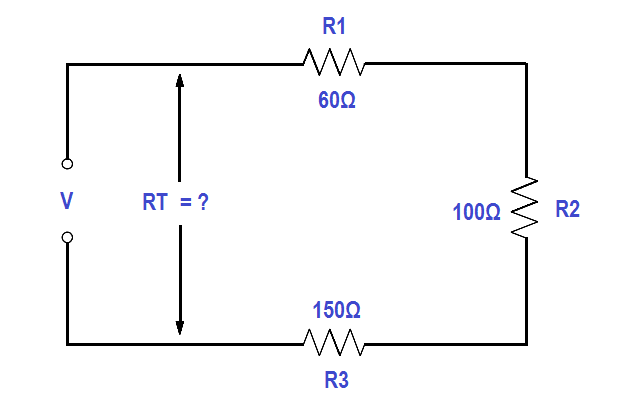
Figure 18 Resistance in a Series Circuit
Solution:
RT =R1 +R2 +R3
RT = 60 + 100 + 150
RT = 310 Ω
The total voltage across a series circuit is equal to the sum of the voltages across each resistor in the circuit (Figure 19) as shown in below equation.
VT =V1 +V2 +V 3 … etc.
where
VT = total voltage
V1 = voltage across R1
V2 = voltage across R2
V3 = voltage across R3
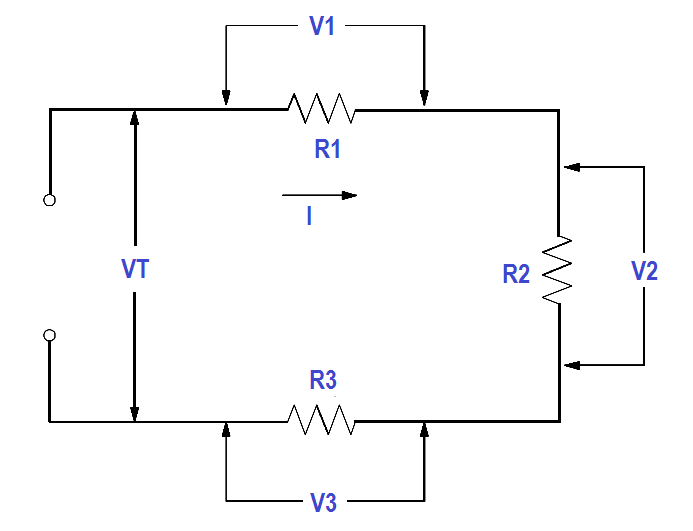
Figure 19 Voltage Drops in a Series Circuit
Ohm’s law may now be applied to the entire series circuit or to individual component parts of the circuit. When used on individual component parts, the voltage across that part is equal to the current times the resistance of that part. For the circuit shown in Figure 20, the voltage can be determined as shown below.
V1= IR1
V2 = IR2
V3 = IR3
VT = V1 + V2 + V3
VT = 10 volts + 24 volts + 36 volts
VT = 70 volts
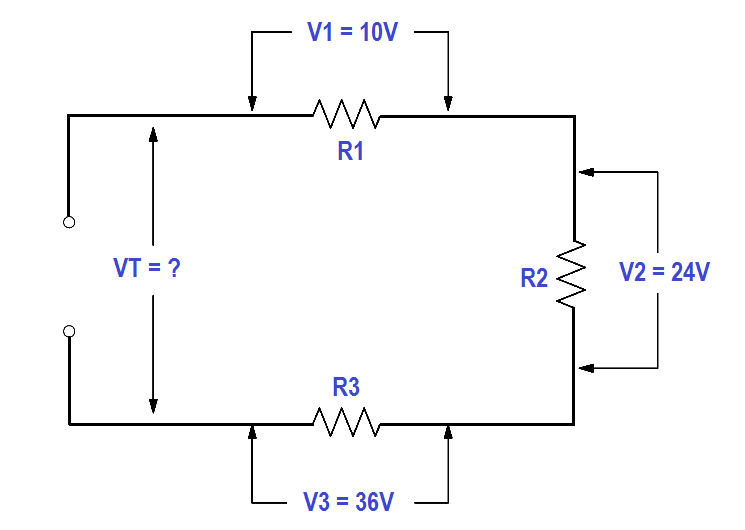
Figure 20 Voltage Total in a Series Circuit
To find the total voltage across a series circuit, multiply the current by the total resistance as shown in below equation.
VT = I . RT
where
VT = total voltage
I = current
RT = total resistance
Example 1:
A series circuit has a 50Ω, a 75Ω, and a 100Ω resistor in series (Figure 21). Find the voltage necessary to produce a current of 0.5 amps.
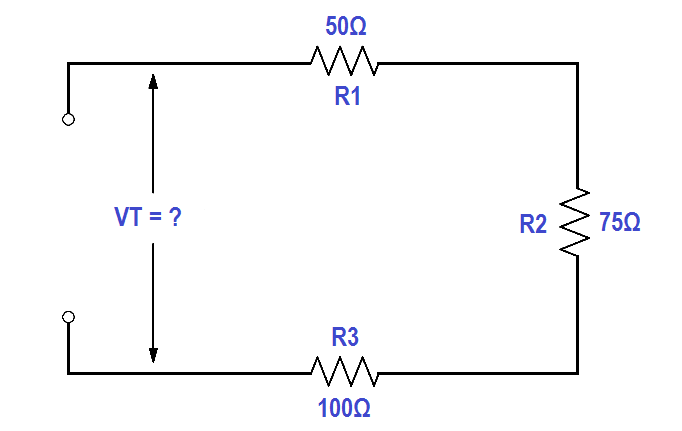
Figure 21 Example 1 Series Circuit
Solution:
Step 1: Find circuit current. As we already know, current is the same throughout a series circuit, which is already given as 0.5 amps.
Step 2: Find RT
RT = R1 + R2 + R3
RT = 50 Ω + 75 Ω + 100 Ω
RT = 225 Ω
Step 3: Find VT .
Use Ohm’s law. VT = I . RT
VT = 0.5 x 225
VT = 112.5 volts
Example 2:
A 120 V battery is connected in series with three resistors: 40Ω, 60Ω, and 100Ω (Figure 22). Find the voltage across each resistor.
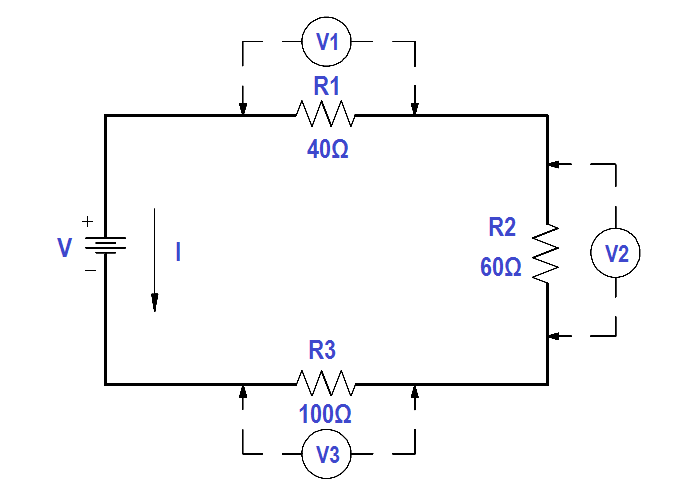
Figure 22 Example 2 Series Circuit
Solution:
Step 1: Find total resistance.
RT = R1 + R2 + R3
RT = 40 Ω + 60 Ω + 100 Ω
RT = 200 Ω
Step 2: Find Circuit Current (I) .
Use Ohm’s law. VT = I . RT
Solving for I
I = VT/RT
I = 120/200 = 0.6 amps
Step 3: Find the voltage across each component.
V1= IR1
V1 = (0.6 amps)(40 Ω)
V1 = 24 volts
V2 = IR2
V2 = (0.6 amps)(60 Ω)
V2 = 36 volts
V3 = IR3
V3 = (0.6 amps)(100 Ω)
V3 = 60 volts
The voltages of V1 ,V2 , and V3 in Example 2 are known as “voltage drops” or “IR drops.” Their effect is to reduce the available voltage to be applied across the other circuit components. The sum of the voltage drops in any series circuit is always equal to the applied voltage. We can verify our answer in Example 2 by using below equation
VT = V1 + V2 + V3
120 volts = 24 volts + 36 volts + 60 volts
120 volts = 120 volts
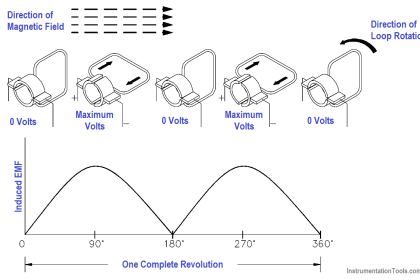

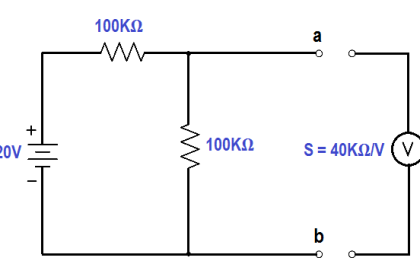
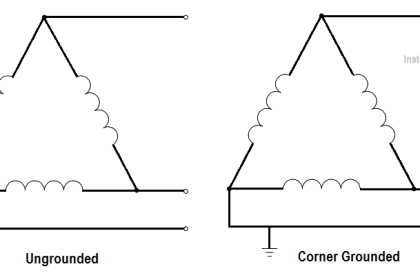
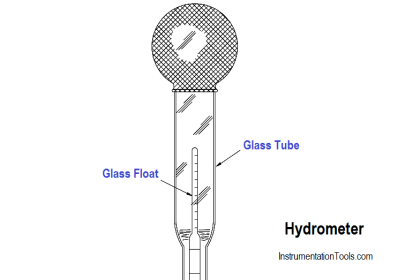
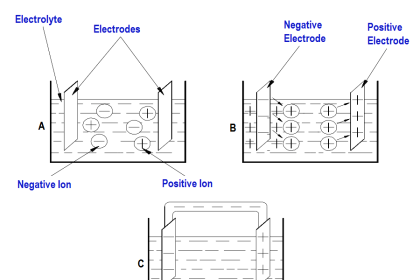

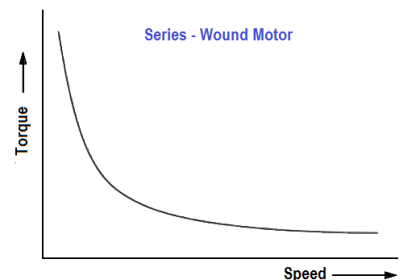

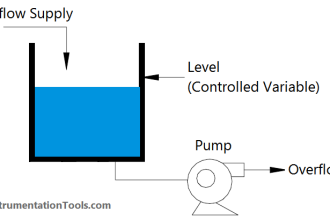



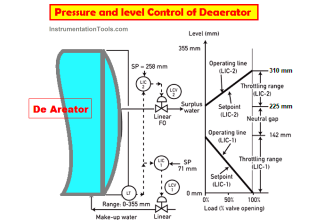
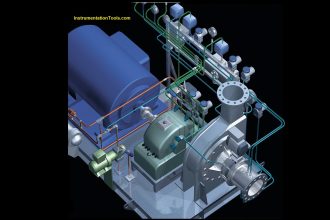
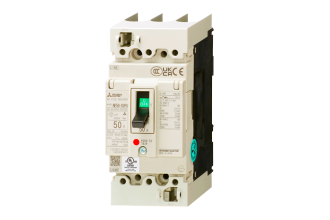

Good and interested